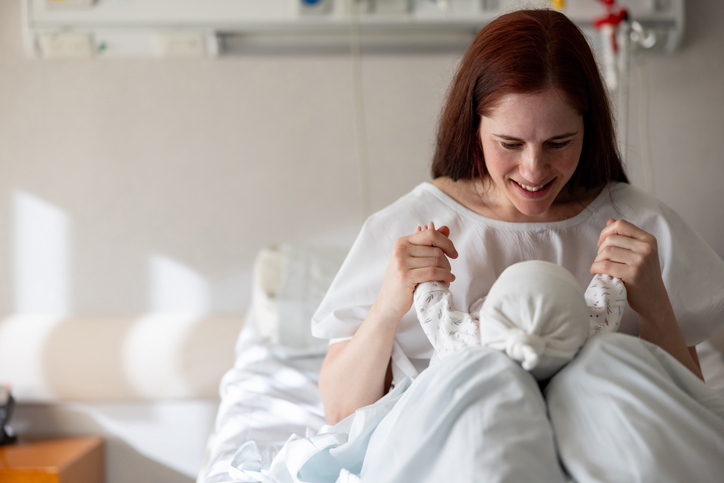Women and Post-Birth Incontinence
Posted by Jeanne Lowry on Apr 11th 2024

Welcome to My Care Supplies, your go-to resource for understanding and managing bladder incontinence after birth. Following childbirth, many women grapple with involuntary urine leakage, a condition referred to as post-birth or postpartum incontinence, or bladder incontinence after birth. Our mission is to provide an all-encompassing guide to this common issue, offering insights into its causes, management, and prevention.
Understanding Women and Post-Birth Incontinence
Post-birth incontinence, a common occurrence after childbirth, is characterized by involuntary urine leakage during actions such as coughing, laughing, or exercising. The severity of this bladder control issue varies, with some women experiencing only minor leakage and others dealing with more significant amounts.
Common symptoms include a sudden, uncontrollable urge to urinate, frequent urination, and a feeling of incomplete bladder emptying. While this condition can be frustrating, it's typically temporary, usually improving as pelvic muscles regain their strength after birth.
Causes of Bladder Incontinence After Birth
Pregnancy and childbirth can significantly impact bladder control, leading to post-birth incontinence. The growing baby applies pressure on the bladder, rendering it more sensitive and prone to leakage. Hormonal changes during pregnancy can also weaken the muscles controlling urine flow.
Additionally, the strain during vaginal delivery can lead to pelvic floor muscle dysfunction. These muscles are vital for bladder control, and their weakness post-birth can contribute to urinary incontinence. Hormonal changes during pregnancy, particularly increased levels of progesterone and relaxin, can also decrease bladder control after giving birth.
Managing Bladder Control After Giving Birth
Managing bladder control after giving birth involves a combination of pelvic floor exercises, dietary changes, lifestyle adjustments, and potential medical interventions. Pelvic floor exercises, or Kegels, are essential for strengthening the muscles that support the bladder and can significantly improve incontinence after birth.
Maintaining a healthy weight and avoiding bladder-irritating substances like caffeine and spicy foods can also help manage incontinence symptoms. If these measures are insufficient, your healthcare provider may recommend further treatment options including medications, bladder training techniques, and surgical procedures.
When to Seek Medical Help
If you are experiencing persistent symptoms of bladder incontinence after birth, it may be time to seek medical evaluation. Signs of concern include frequent urinary incontinence, blood in your urine, or pelvic pain or discomfort. If you notice any of these symptoms, it is recommended to consult a healthcare professional.
Specialists in postpartum care, such as urologists, gynecologists, or pelvic floor physical therapists, can provide expert guidance and treatment options. Regular check-ups can help monitor your progress and provide an opportunity to discuss any changes in symptoms or concerns. Remember, timely medical intervention is crucial in managing women and post-birth incontinence effectively.
Prevention and Self-Care Tips
Preventing and managing bladder control after giving birth involves adopting healthy habits and practicing self-care. During pregnancy, try to empty your bladder regularly, and avoid holding in urine for extended periods. Limiting intake of bladder-irritating foods and beverages can also be helpful.
Post-birth, focus on strengthening your pelvic floor muscles through regular exercises, such as Kegels. Maintaining a healthy weight can also support pelvic health, as excess weight can strain the pelvic floor and increase incontinence risk.
At My Care Supplies, we provide a range of products designed to support women in managing incontinence after birth. From absorbent pads and underwear to pelvic floor exercisers, our products offer comfort and effectiveness. Explore our selection to find the right solution for your needs.

